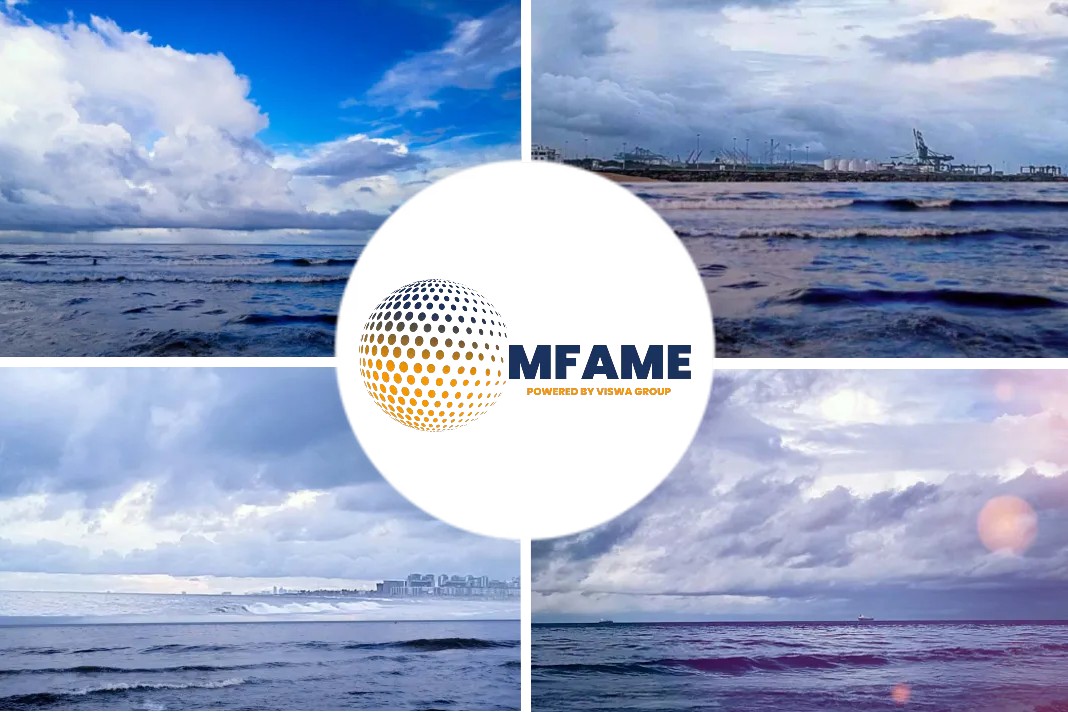
Dutch fuel and chemical producer OCI will directly supply methanol as marine fuel to meet demand from the shipping industry, having committed to a charter project for a dual fuel-barge, according to its head of methanol business, reports Platts.
The company has partnered with Unibarge to retrofit an existing, conventional 2,800-dwt barge into what they say will be Europe’s first methanol bunker barge capable of running on methanol and conventional fuels, which will be deployed at Rotterdam in 2024.
“Unibarge will be the owner, we will be the long-term charterer of the barge,” OCI Methanol CEO Bashir Lebada told S&P Global Commodity Insights in an interview. “This is our first foray into [marine] in terms of methanol-powered equipment.”
Methanol supply
Described by Lebada as the last mile of OCI’s supply network, the barge will deliver methanol to the company’s existing customers in Europe as well as ocean-going ships via bunkering operations.
OCI will offer methanol in spot and term volumes to the shipping industry, as the embryonic market is best served directly rather than via bunker traders, Lebada said. “From the owners’ side … they are worried about availability. They want to secure the supplies directly,” he said. “We do not need someone with a bunker book … to sit between us and the customers.”
Major producers sometimes can opt to provide direct supply to develop an emerging market — in the LNG bunkering market, Shell and TotalEnergies have taken the initiative to invest in bunker vessels.
OCI produces 200,000 mt/year of green methanol for the road transportation sector. Lebada said output will grow “exponentially” partly due to forecast demand growth from shipowners.
“We have been talking to all the owners and giving them the comfort that supply will come,” Lebada said. “Obviously that has been one of the major hurdles from their perspective in terms of making that decision to purchase [methanol-fueled] vessels.”
Demand expansion
Sharing a similar view to many industry participants, OCI anticipated strong expansion of demand for methanol bunkering from the container sector in the coming years.
With decarbonization requirements from customers and strong freight income earlier, container lines have been keen to order methanol-capable ships in recent quarters, with shipbroker Braemar putting the current order book count at 70 vessels. The first of them, a 2,100-TEU feedership, is due to be delivered to A.P Moller-Maersk later in 2022.
“[For] demand that is coming later this year, and 2024 and 2025, most of it will come from containerships,” Lebada said.
OCI expects marine methanol demand to exceed 3 million mt/year by the mid-2020s based on containerships’ requirements alone, compared with the current level of 300,000 mt/year. The global methanol trade volume was around 35 million mt/year, according to the company.
Rotterdam, where the OCI barge will be deployed, is the busiest container port in Europe, where demand for low-carbon fuels was expected to increase due to upcoming EU emissions regulations.
“EU is the first to put in a really robust regulatory framework to support the transition to green maritime,” Lebada said.
Regulatory drive
To help combat global warming, the EU is due to extend its Emissions Trading System to cover maritime transportation from 2024 and lower the greenhouse gas intensity for marine fuels from 2025.
Trade body Methanol Institute estimates green methanol’s life cycle CO2 emissions are 65%-90% lower than those of fossil fuels. But many industry participants expect green methanol prices to remain high before production is scaled up, which could hamper the fuel’s uptake.
Platts assessed fossil methanol as a bunker fuel at Rotterdam at $18.345/Gigajoule on Feb. 21, compared with $17.233/Gj for delivered 0.1%S gasoil and $13.707/Gj for delivered 0.5%S fuel oil, S&P Global data showed.
Industry estimates suggest green methanol could be at least 2-3 times more expensive. European regulators should provide more financial incentives for producers to ramp up output, taking a leaf from the US Inflation Reduction Act, Lebada suggested. “We see the pricing as being where it needs to be for us to get a project over the line with public funding,” he said. “This first phase needs that support.”
Tramp trades
Lebada also expressed optimism over demand prospects from other segments, saying methanol would be a suitable marine fuel in tramp trades with little modification required for the existing supply infrastructure.
“[Tramp operators] are going have very little choice but to choose methanol because it is the easiest way from the infrastructure perspective for them to have availability,” he said.
In December, US-based trader Cargill teamed up with Mitsui & Co to order the world’s first methanol-capable dry bulk carriers from Japanese shipbuilder Tsuneishi.
Also, OCI has signed a memorandum of understanding with Eastern Pacific Shipping and MAN Energy Solution to develop tankers using methanol and ammonia.
In its reference case, S&P Global expects methanol to make up 34.3% of all low-carbon bunker supplies in 2030, taking up the largest share.
Did you subscribe to our Newsletter?
It’s Free! Click here to Subscribe!
Source: Platts






















